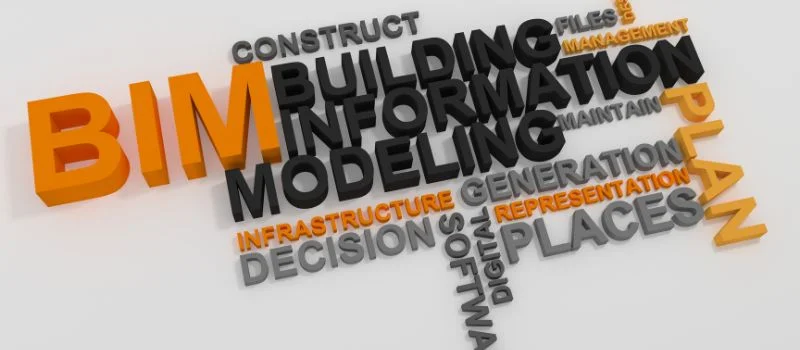Offering a broad variety of personalized designs is essential for architects if they want to attract clients. Due to its capacity to quickly permute and repeat an infinite number of design prototypes, BIM holds the key in this situation. Using BIM, implementation ideas may be entirely in accordance with schedules and budgets.
Plans are produced directly from designs within the BIM system itself, reducing the chances of mistakes being made when the project is being carried out. Clarity is increased when interior and external areas are seen in 360 degrees using BIM technologies like Revit. Therefore, BIM for architects provides a degree of speed and accuracy in design decisions as well as the capacity to obtain client approvals more quickly compared to historical approaches.BIM provides architects with insights into challenging building projects at an early stage of design. It can thereafter make appropriate plans for conflict-free implementation. Additionally, thorough cross-discipline collaboration and construction documentation is ensured through BIM. It can thereafter make appropriate plans for conflict-free implementation. Additionally, thorough cross-discipline collaboration and construction documentation is ensured through BIM.
Benefits of BIM for Architects
The most recent developments in technology influence all areas of our life, including how we work, live, and communicate. The most recent innovations have an impact on how a building is planned and constructed, as well as how engineers, architects, and clients work together. constructing an information modeling. One of the most encouraging recent innovations in the architectural, engineering, and construction (AEC) sector is BIM. BIM technology makes use of a digital model that contains data and specifications pertaining to building form, structure, and systems. When finished, the building information model comprises accurate geometry and important data needed to assist the design, procurement, fabrication, and construction operations required to realize the structure (Eastman et al. 2008). The finished digital model can be utilized.
The following are some of the main advantages of BIM for architects
The exchange of information with all parties engaged in the process is a major benefit of BIM. Therefore, it is not unexpected that mistakes decrease as quality and communication increase. The architect may now exchange information and have precise conversations with various parties. Improved communication between the owner and design teams throughout the building phase is the second benefit (31%) of this strategy. The architect uses the documentation derived from the digital model as a control and communication tool with the contractor and the client. The final benefit has to do with the company’s organizational reputation. The last benefits relate to cost management, project duration, and reworks. These advantages enhance the architect’s function and the architectural project’s workflow in terms of design quality.
- Effective coordination with structural and mechanical engineers.
- 3D visual communication with the client.
- Minimized design flaws and design control.
- Better cost management and documentation.
- Decreased omissions and mistakes during the construction process.
- Shorter project and construction times.
- Timely and cost-effective completion of the pro.
If you are an architect, you should consider implementing the ISO 19650 standard since it provides an effective technique for managing information in a BIM project as well as controlling project delivery and asset management.
Conclusion
With the newly mandatory BIM standards, architectural companies are progressively migrating from BIM level 2 to BIM level 3. Multiple phases of building design, construction, and administration are being favorably impacted by BIM. Through excellent building design, innovative and sophisticated BIM technologies assist in meeting tenant demands.
The broad advantages of BIM for architects will persist in lowering project risks, promoting cooperation, increasing responsibility, expanding transparency, and optimizing the following designs—modification of construction ideas using sustainable designs, performance simulations, benchmarks, etc. Learn More
